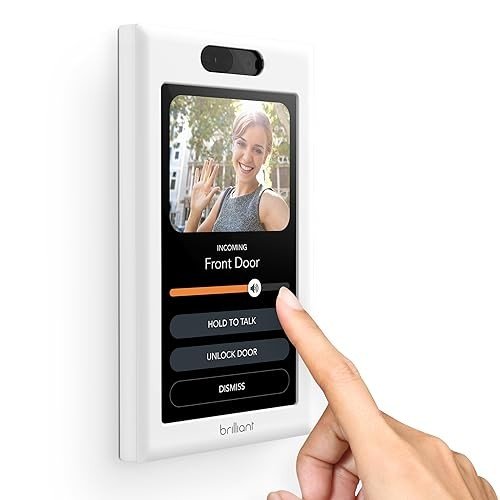Looking For Inspiration? Try Looking Up Contemporary Lighting UK

Contemporary Lighting in the UK: Transforming Spaces with Illumination
Lighting plays an essential role in specifying the ambiance and performance of any area. In the UK, contemporary lighting has emerged as a significant style aspect, offering innovative options that blend aesthetic appeals with usefulness. This short article looks into the different styles, materials, and innovations forming contemporary lighting, along with ideas for choosing the most appropriate fixtures for different settings.
The Evolution of Contemporary Lighting
Contemporary lighting in the UK shows the altering tastes and technological improvements in style. It encapsulates a broad variety of designs, including:
- Minimalist: Characterized by simpleness and clean lines, minimalist lighting fixtures concentrate on kind and function without unnecessary decorations.
- Industrial: Inspired by urban settings, industrial lighting combines basic materials like metals and woods with strong styles, creating edgy, functional pieces.
- Scandinavian: Known for its heat and simplicity, Scandinavian lighting often includes soft colors and natural products, focusing on creating a cozy atmosphere.
- Smart Lighting: This modern trend integrates technology with design, allowing users to manage their lighting with mobile apps, voice commands, or automation systems.
To show the development and variety in the field of contemporary lighting, think about the table below, which highlights crucial attributes of various styles.
| Style | Secret Characteristics | Popular Materials | Perfect Spaces |
|---|---|---|---|
| Minimalist | Easy, practical styles | Metal, glass, wood | Modern homes, offices |
| Industrial | Raw, incomplete appearance | Steel, concrete, wood | Lofts, galleries |
| Scandinavian | Cozy, warm looks | Natural fibers, light wood | Living rooms, cafes |
| Smart | Integrated innovation, automation | Differs extensively | Residences, workplaces, retail spaces |
Picking Contemporary Lighting Fixtures
Selecting the ideal lighting fixtures for a space requires cautious consideration of several elements. Here are key elements to keep in mind:
1. Function of the Space
Before choosing fixtures, consider the desired use of the location. Different functions require different types of lighting:
- Task Lighting: Focused illumination for activities such as reading, cooking, or studying. Examples include table lamps and under-cabinet lights.
- Ambient Lighting: General lighting that supplies general illumination. Ceiling lights and pendant fixtures fall under this classification.
- Accent Lighting: Designed to highlight specific functions or locations, such as artwork or architectural details. Wall sconces and mounted lights prevail choices.
2. Design and Theme
The lighting needs to match the existing design. Select fixtures that match or boost the total theme of the area, whether it's contemporary, rustic, or eclectic.
3. Size and Scale
Consider the percentage of the lighting fixtures relative to the space. A large chandelier may look stunning above a roomy table, while smaller sized pendant easy work well in compact settings.
4. Energy Efficiency
With increasing energy expenses and ecological concerns, selecting energy-efficient lighting options is essential. LED lights are an exceptional option, offering durability and lower energy consumption.
5. Flexibility
In modern style, adaptability is crucial. Fixtures that can be adjusted or rearranged enhance functionality, allowing users to produce different environments as needed.
Popular Contemporary Lighting Brands in the UK
The contemporary lighting market in the UK boasts various brand names known for their innovative styles and quality craftsmanship. Some notable points out include:
- FLOS: An Italian brand commemorated for its creative and renowned light fixtures that often function as pieces of art.
- Tom Dixon: A British designer acknowledged for his modern, industrial designs that wonderfully integrate metal and light.
- Anglepoise: Known for its versatile, practical lamps, best for a range of settings from home offices to innovative studios.
- John Lewis: Offers a range of contemporary lighting services that cater to a broader audience, including affordable yet elegant options.
Frequently Asked Questions about Contemporary Lighting in the UK
1. What is UK Lighting Online ?
Contemporary lighting describes lighting designs and fixtures that reflect present design trends, frequently identified by clean lines, innovative shapes, and the usage of modern materials and technologies.
2. How do I choose the right lighting for my home?
Think about the function of the room, existing décor, size of fixtures, energy effectiveness, and versatility. Examine how each piece will contribute to the general atmosphere and functionality of your space.
3. What are some energy-efficient lighting options readily available in the UK?
LED lights are the most popular energy-efficient alternative, understood for their long lifespan and low energy consumption. Compact fluorescent lights (CFLs) and halogen bulbs are other alternatives.
4. Where can I look for contemporary lighting in the UK?
Contemporary lighting can be found in numerous retail outlets, both online and in physical shops. Notable retailers include John Lewis, Habitat, and specialized lighting shops.
5. Can contemporary lighting work in traditional areas?
Absolutely! Contemporary lighting can enhance traditional areas when selected thoughtfully. Selecting fixtures with a balance between modern and timeless aspects can create a harmonious style.
Contemporary lighting in the UK represents more than just lighting; it embodies design innovation and creativity, transforming spaces and boosting performance. As trends continue to progress, property owners and designers alike can explore an extensive series of designs and technologies, guaranteeing that every room bursts with life, heat, and character. By considering the essential factors described in this short article, one can curate a collection of lighting fixtures that resonates with personal style and meets practical requirements, ultimately forming comfy and aesthetically attractive environments.

